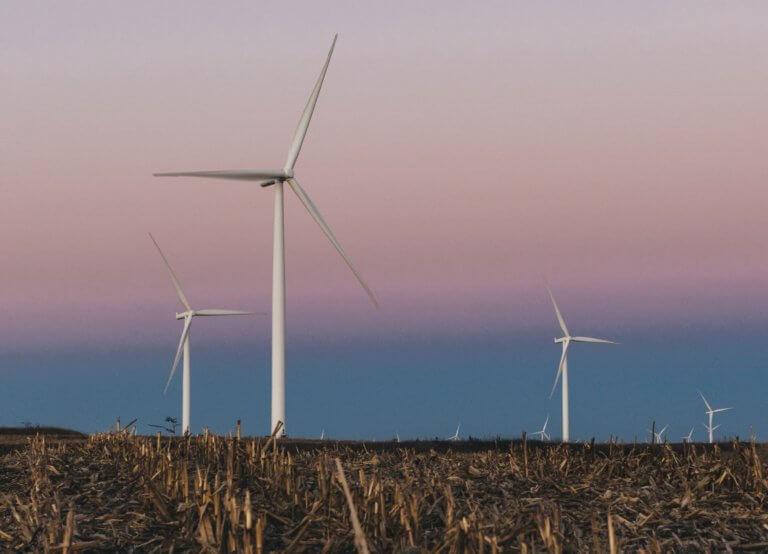

The heart of Weidensaul’s writing is inspired by authors such as American naturalist John Burroughs, environmentalist Aldo Leopold, and J.A. The impact was profound, and I remember making a very clear decision: I don’t want a world that looks like that.” “A powerline crossed the top of the mountain, and I could look south into the valley where we lived, a quiet, Pennsylvania Dutch farming valley, or north toward the town of Girardville, where the anthracite seams were close enough to the surface to deep mine and strip mine - to my eye, a hellscape wasteland of stripping pits and culm banks and dead streams. “I was all over that ridge as a kid,” he said. It was also where he witnessed the destruction of their habitat. It was there, on the Kittatinny Ridge, where he first witnessed raptor migration. Growing up in the shadow of Ashland Mountain in central Pennsylvania, his mother each year noted in a journal when the juncos, white-throated sparrows, and geese returned to their yard. Scott and I spoke again recently about his writing and about how, and why, it reflects his compassion for nature and passion for conservation. I read every word of this vivid prose, captivated in the same way as when I read Edward Abbey’s Desert Solitaire and Gretel Ehrlich’s The Solace of Open Spaces. That symmetry feels proper, somehow, almost pre-ordained. He is no bigger than my thumb, all black except for the colorful patches on his wings, flanks and tail – the same pink-orange color, it occurs to me, as the meat of the native brook trout that still live in the small headwater streams hereabouts, the same color as a monarch butterfly’s wings, and the wild turk’s-cap lilies that bloom here in summer. I open my eyes and he’s right in front of me, in a low willow thicket that was half-flattened by the winter ice floes. Sitting in the Pennsylvania sun…a redstart sings. But from the first paragraph, I was drawn into a world I’d never really seen, although it was all around me. I decided I would skim a few chapters so I could ask a few reasonably informed questions. I liked birds and all, but four hundred pages of them?


Although impressed by the Pulitzer nod, I was skeptical about the topic. They gave me a copy of his book, Living on the Wind: Across the Hemisphere with Migratory Birds (North Point Press, 1999), a finalist for the Pulitzer Prize in general nonfiction. Twenty years ago, when I worked at a small newspaper in northwest Pennsylvania, the local Audubon chapter asked if I would interview naturalist Scott Weidensaul to publicize his upcoming lecture.


 0 kommentar(er)
0 kommentar(er)
